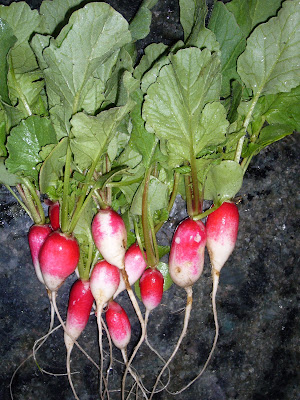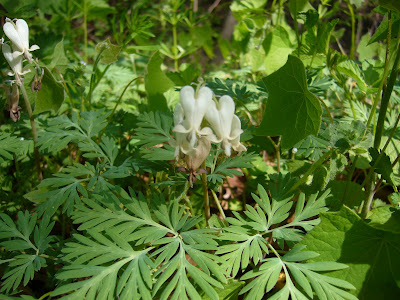
Last weekend, I got started on the hedgerow I am planting this year. My plans have changed a little from my last post - still plan on blueberries and winterberries. Now, I have also added sumersweet (clethra alnifolia) to the plan.
Last weekend was the first weekend of the Herring Run Native Plant sale. Good thing I got there early - they were mobbed! Fortunately, I was able to find most everything on my shopping list.
I bought 5 blueberry bushes, and 2 viburnum for my berm (more on that later). I also bought 3 summersweet. I wanted 3 full sized plants, but there was only one left. So I snagged that one and two "sixteen candles" variety. I did not buy the winterberry. Honestly, I did not even look for it because the inventory list printed before the sale showed that they only had a few and I just assumed they would be gone before I got there. I am pretty sure I can find them somewhere else.
I spent Saturday and Sunday planting all my new plants. I now have a (very sparse) hedgerow, with a big gap in it for the winterberry. Progress!


















